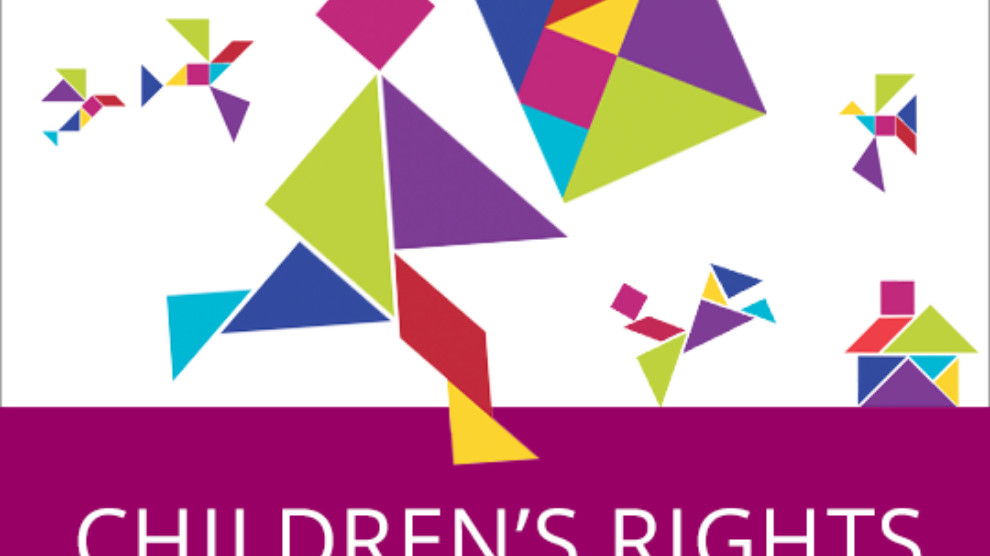Turkey has a long way to go to ensure children's rights
According to the Turkish Statistical Institute (TurkStat) the employment participation rate for children in 2018 was 21,1%.
According to the Turkish Statistical Institute (TurkStat) the employment participation rate for children in 2018 was 21,1%.

Today in Turkey is national children's day. Yet, as the government prepares to celebrate Children’s Day, today, the statistics released by TurkStat prove that Turkey has a long way to go as to children’s rights.
According to the Turkish Statistical Institute (TurkStat) the employment participation rate for children in 2018 was 21,1%, with a 0.8 points increase compared to the previous year.
According to the Address-Based Population Recording System, the population of Turkey is 82 million 3 thousand 882, and children are 22 million 920 thousand 422, i.e. 28% of the entire population. A sharp decrease when we consider that in 1970 the children population made up 48.5% and in 1990 41.8%.
The employment participation rate was 30% for boys, increasing from 28.5% in 2017, and 11.8% for girls, the same as the previous year.
The government declared 2018 as the "Year of Fighting Child Labor" and issued a national program for that for the period between 2017 and 2023.
According to the statistics on education, net schooling rate for the children at primary school age was 91.5 percent in the 2017/2018 education period. It was 91.2 percent in the previous period.
TurkStat figures indicate that there is no significant difference between boys and girls in terms of schooling.
Official marriages have decreased and girls in the 16-17 age group marrying, dropped to 3.8 percent from 5.8 percent in 2014.
Peoples' Democratic Party (HDP) Diyarbakır MP Remziye Tosun, early this year, has brought child labor and seasonal agricultural labor to the parliamentary agenda, after two child workers lost their life (Berivan Karakeçili, 13 and İbrahim Halil Oruç, 16).
According to the report by the Laborers' Health and Occupational Safety (İSİG) Assembly, 155 workers lost their lives in January and 10 of them were children. Of these, three were under the age of 14.
Child poverty
According to the latest available report on child poverty, published by Bahçeşehir University Center for Economic and Social Research in 2017, some 38% of children in Turkey lived in households suffering from severe material deprivation in 2016, an increase of 1.6 percent compared to the previous year.
The European Union defines the criteria for severe material deprivation as a household that cannot afford at least four of the following: Rent payments; mortgage or utility bills; adequate house warming; unexpected expenses; meals involving meat, chicken or fish every second day; a one-week annual holiday away from home; a washing machine, color television, telephone or car.
Severe material deprivation rates among children are around three to five percent in Denmark, Austria, Germany, and France. They range between zero and three percent in Sweden, Luxembourg, Finland, the Netherlands and Norway, according to the research.
The highest rate of children living in extreme poverty, said the report, was in the southeastern region, with 55.4%. The lowest rate was seen in the Western Anatolia region, with 23.6%.
Some 70.7% of children lived in families who are unable to take a one-week annual holiday, while 40.8% were unable to meet their protein needs from red meat, chicken or fish in 2016. Some 48.4% lived in households that did not own a car.